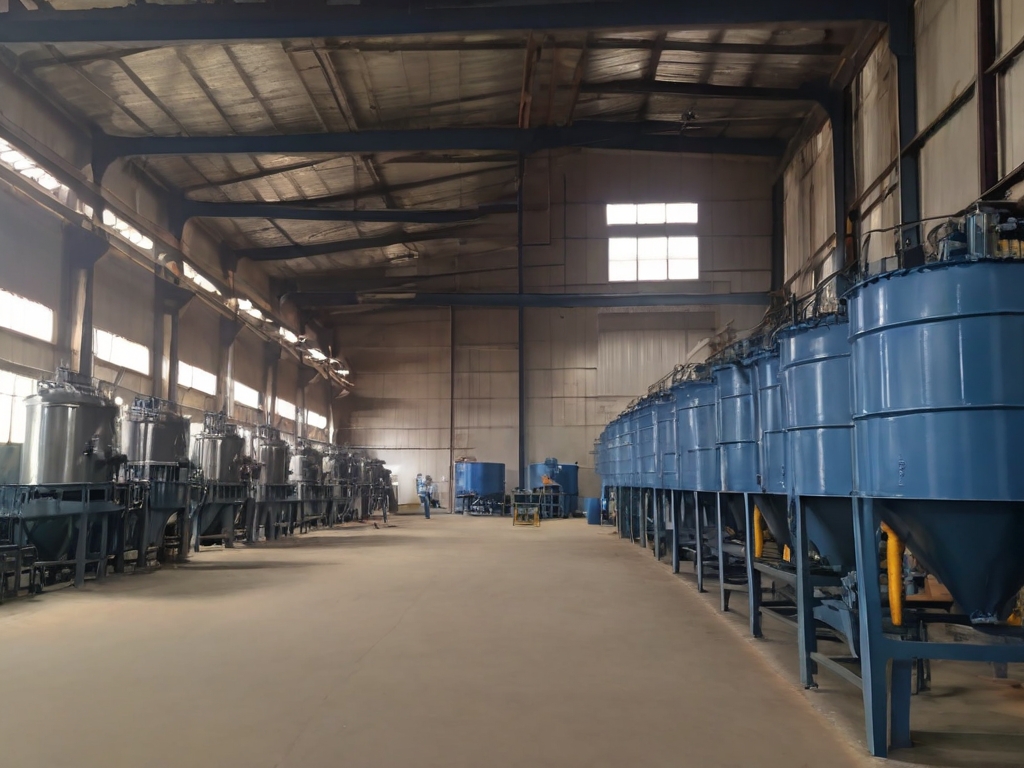When operating in hazardous areas, the potential for severe incidents is always present. Therefore, having a robust crisis management strategy is not just a good idea, but a necessity. In this article, we will explore effective strategies for managing crises in hazardous areas. We will also introduce you to the Intrinsically Safe Store, a leading provider of safety equipment for hazardous environments. Visit our website to learn more about our offerings and how they can help you manage crises effectively.
Understanding the Nature of the Crisis
Before we delve into the strategies, it’s crucial to understand the nature of the crisis. A crisis in a hazardous area could range from a chemical spill to an explosion, each requiring a unique response. Understanding the potential crises that could occur in your specific area is the first step towards effective management.
Preparation is Key
Preparation is the cornerstone of any crisis management strategy. This involves several steps:
- Identifying potential crises
- Developing response plans
- Training staff
- Ensuring availability of necessary equipment
Companies like the Intrinsically Safe Store can assist with the last point, providing a range of safety equipment designed for hazardous environments.
Effective Communication
During a crisis, effective communication is vital. This includes communication within the response team, with other staff, and with external stakeholders such as the media or regulatory bodies. Clear, timely, and accurate information can help manage the situation and mitigate its impact.

Case Study: BP Deepwater Horizon Oil Spill
One of the most infamous crises in a hazardous area was the BP Deepwater Horizon oil spill in 2010. The incident highlighted the importance of preparation and effective communication. BP’s lack of a robust response plan and poor communication exacerbated the crisis, leading to significant reputational and financial damage.
Continuous Improvement
After a crisis, it’s essential to review the response and identify areas for improvement. This could involve revising response plans, improving training, or investing in better equipment. Continuous improvement is a key aspect of effective crisis management.
Effective Crisis Management in Hazardous Areas
Managing crises in hazardous areas requires a robust strategy, focusing on preparation, effective communication, and continuous improvement. Companies like the Intrinsically Safe Store can assist by providing high-quality safety equipment designed for these environments. Remember, the goal is not just to respond to crises, but to prevent them where possible and mitigate their impact when they do occur.
If you operate in a hazardous area and need assistance with crisis management, don’t hesitate to contact us. Our team of experts is ready to help you develop an effective strategy and provide the equipment you need to keep your staff safe.


























